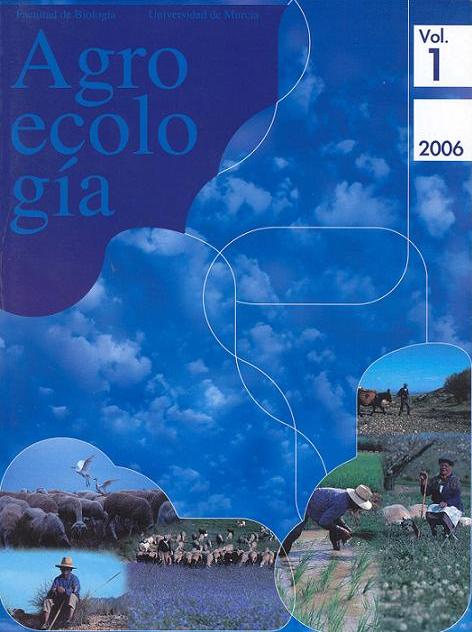BIOFUMIGATION AND BIOSOLARIZATION FOR THE CONTROL OF TOMV: A GOOD ALTERNATIVE FOR THE USE OF METHYL BROMIDE
Abstract
Crop residues are often an important source of insects, mites and phytopathogenic agents avoiding their presence in the fi eld. Nevertheless, the process of composting in the soil by means of biofumigation and biosolarization can help to control these agents depending of some factors as temperature, time of treatment, implicated microorganisms and the kind of soil. This research deals about the use of biofumigation and biosolarization for the control of Tomato mosaic virus (ToMV) under controlled conditions in pots and 3 different doses of infected vegetal material with the virus were used. Cocopeat slabs infected with the virus were used, too. These growbags had been used during one year and the virus was detected on the remained roots. Both pots and growbags were placed in open or shut plastic bags and were treated at different temperatures during different periods of time. The treatment at 25 ºC was considered as biofumigation and the treatment at 45 ºC was considered as biosolarization. Since 4 weeks of treatment at 45 ºC was suffi cient to control ToMV in pots, biosolarization was more effective than biofumigation. 6 weeks of treatment at 25 ºC were necessary to control the virus. In growbags, 5 weeks of treatment at 45 ºC were not suffi cient to control the virus, but the percentage of infected plants was reduced and a greater development and premature fl owering period were observed. Biofumigation and biosolarization can be considered as alternative techniques for the use of Methyl Bromide for the control of phytopathogenic agents.Downloads
Las obras que se publican en esta revista están sujetas a los siguientes términos:
1. El Servicio de Publicaciones de la Universidad de Murcia (la editorial) conserva los derechos patrimoniales (copyright) de las obras publicadas, y favorece y permite la reutilización de las mismas bajo la licencia de uso indicada en el punto 2.
2. Las obras se publican en la edición electrónica de la revista bajo una licencia Creative Commons Reconocimiento-NoComercial-SinObraDerivada 3.0 España (texto legal). Se pueden copiar, usar, difundir, transmitir y exponer públicamente, siempre que: i) se cite la autoría y la fuente original de su publicación (revista, editorial y URL de la obra); ii) no se usen para fines comerciales; iii) se mencione la existencia y especificaciones de esta licencia de uso.
3. Condiciones de auto-archivo. Se permite y se anima a los autores a difundir electrónicamente las versiones pre-print (versión antes de ser evaluada) y/o post-print (versión evaluada y aceptada para su publicación) de sus obras antes de su publicación, ya que favorece su circulación y difusión más temprana y con ello un posible aumento en su citación y alcance entre la comunidad académica. Color RoMEO: verde.





